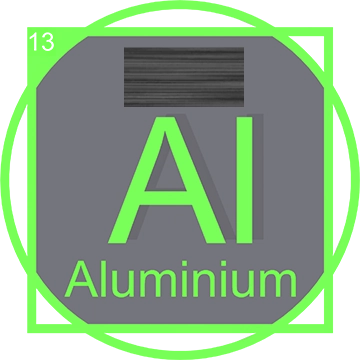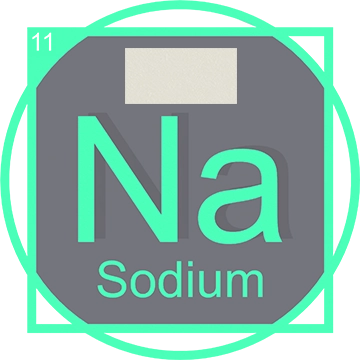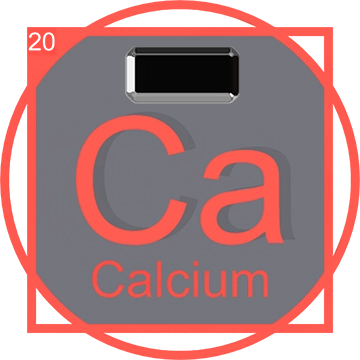Lithium (Li): A Pioneering Element in the Periodic Table
Lithium, represented by the symbol 'Li', stands out as the lightest of all metals and occupies a significant place at the helm of the alkali metals group in the periodic table. This article explores the discovery, characteristics, and extensive applications of lithium, shedding light on its indispensable role in science and technology.
The Discovery and Historical Significance of Lithium
The discovery of lithium traces back to the early 19th century, marking a pivotal moment in the annals of chemistry. In 1817, Swedish chemist Johan August Arfwedson first identified this unique element while analyzing petalite, a rare mineral from the island of Utö in Sweden. Unlike other alkali metals known at the time, lithium exhibited some intriguing properties that captivated the scientific community.

Despite Arfwedson's initial discovery, he was unable to isolate lithium into a pure form. This task was later accomplished by the renowned English chemists William Thomas Brande and Sir Humphry Davy. Using the method of electrolysis, they successfully isolated lithium just a few years after its discovery. The isolation of lithium as a pure element was not just a testament to the ingenuity of early 19th-century chemists but also set the stage for numerous future applications that would transcend the boundaries of science and technology. This breakthrough underscored lithium's unique characteristics and laid the groundwork for its significant role in modern industrial and technological advancements.
Lithium in the Periodic Table: Understanding Its Position and Properties
Lithium holds the position as the third element in the periodic table, characterized by its atomic number 3. It is the lightest solid element and has several unique properties such as high reactivity and low density, which make it highly valuable in various scientific applications.
Pure Lithium: Characteristics and Applications
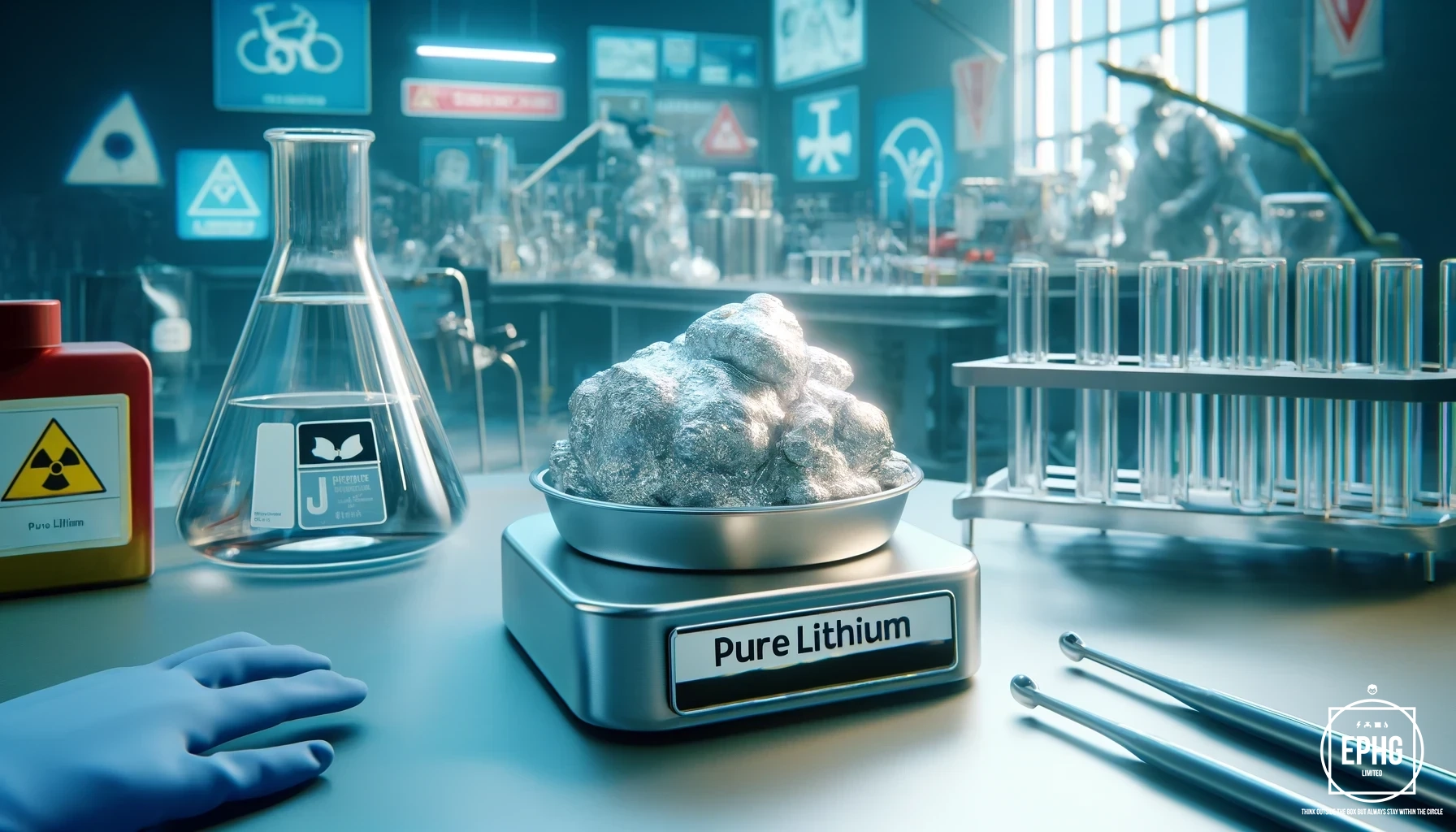
Pure lithium is a soft, silvery-white alkali metal. Under standard conditions, it is the lightest metal and the least dense solid element. Known for its high reactivity and flammability, especially in water, pure lithium requires careful handling. It reacts rapidly, forming lithium hydroxide and hydrogen gas upon contact with moisture. Despite its reactive nature, lithium's efficiency in storing electrical energy makes it indispensable in lithium-ion batteries, which power everything from mobile phones to electric vehicles. The unique properties of pure lithium also find applications in the synthesis of organic compounds and in nuclear physics, where it serves as a flux for producing tritium through nuclear fission.
The Role of Lithium in Science: A Catalyst for Innovation
Scientifically, lithium's properties such as its high specific heat capacity, which is the highest of any solid element, make it ideal for heat transfer applications. Additionally, its tendency to form monovalent cations makes it invaluable in the field of electrochemistry, impacting numerous scientific endeavors.
Applications of Lithium in Technology
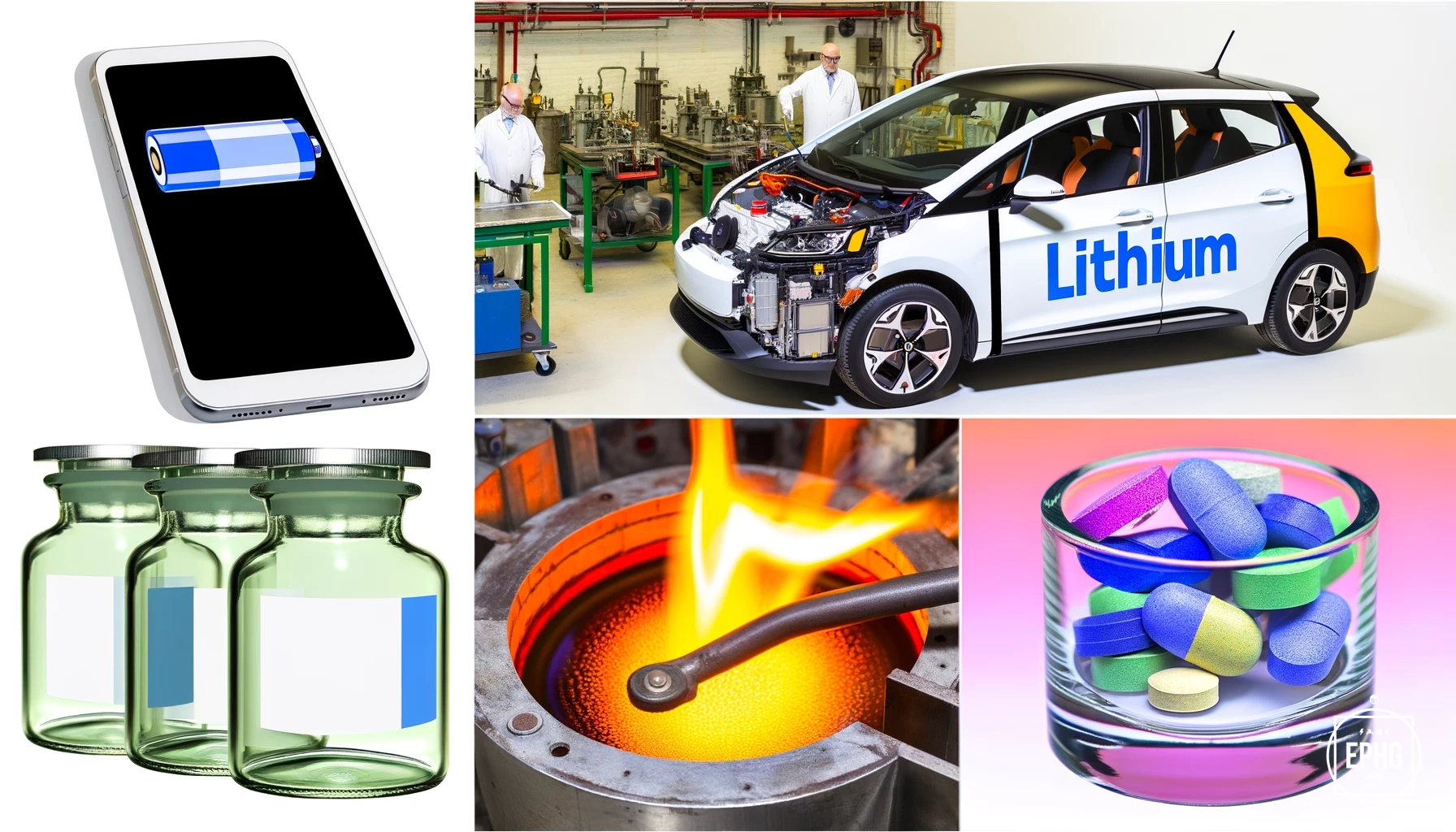
Technologically, lithium is a cornerstone in the development of rechargeable batteries. Lithium-ion batteries, in particular, are celebrated for their high energy density and are extensively used in portable electronic devices like smartphones, laptops, and electric vehicles. Beyond batteries, lithium compounds are pivotal in the manufacture of glass, ceramics, and even as a mood-stabilizing drug in psychiatry.
Lithium's Economic Impact and Future Prospects
The demand for lithium has surged dramatically with the rise of electronic devices and electric vehicles. This demand has not only influenced global mining strategies but has also sparked significant investments in lithium mining and processing industries. Looking ahead, the role of lithium is set to expand, particularly in energy storage solutions which are central to renewable energy systems.
Environmental and Health Considerations of Lithium
Despite its numerous benefits, the extraction and use of lithium present environmental and health challenges. These include water usage and potential contamination in lithium mining processes, as well as recycling issues related to lithium-ion batteries. Addressing these challenges is crucial as the world leans more towards sustainable practices.
How Lithium is Produced and Mined
Lithium production primarily occurs through two methods: mining hard rock ores and extracting from brine deposits. Hard rock mining involves extracting spodumene, a lithium-bearing mineral, which is then converted into lithium carbonate or lithium hydroxide. Alternatively, lithium from brine sources is extracted by pumping underground reservoirs of saline groundwater, usually found in salt flats, into large evaporation ponds where the lithium becomes concentrated over time before being processed into usable forms.
Major Lithium Mines and Associated Resources

Lithium is mined from various locations worldwide, with major mines found in Australia, Chile, and China. For instance, the Greenbushes mine in Australia is one of the largest known hard rock deposits. Alongside lithium, these mines often extract other valuable minerals such as tantalum and sometimes even gold. The Salar de Atacama in Chile, a major source of lithium from brine, is also rich in other minerals like potassium and magnesium.
There is also the Lithium resource in Antofagasta de la Sierra, Catamarca, Argentina.
Modern Applications of Lithium

In today's world, lithium plays a crucial role in the energy sector, particularly in the production of lithium-ion batteries which power a wide range of electronic devices and electric vehicles. Additionally, lithium is used in the manufacture of heat-resistant glass and ceramics, as a flux in aluminium production, and in air purification systems. Its psychiatric application remains significant, with lithium compounds used in mood-stabilizing medications.
The Future of Lithium in Science and Technology
The demand for lithium is poised to soar in response to the expanding field of renewable energy technologies. Innovations such as solid-state batteries offer promise for more efficient energy storage, potentially transforming power management in electric vehicles and portable electronic devices. Similarly, the development of large-scale energy storage systems is crucial for enhancing the reliability and efficiency of solar and wind farms. As the world increasingly turns to renewable sources, the strategic importance of lithium in energy infrastructure is more evident than ever.
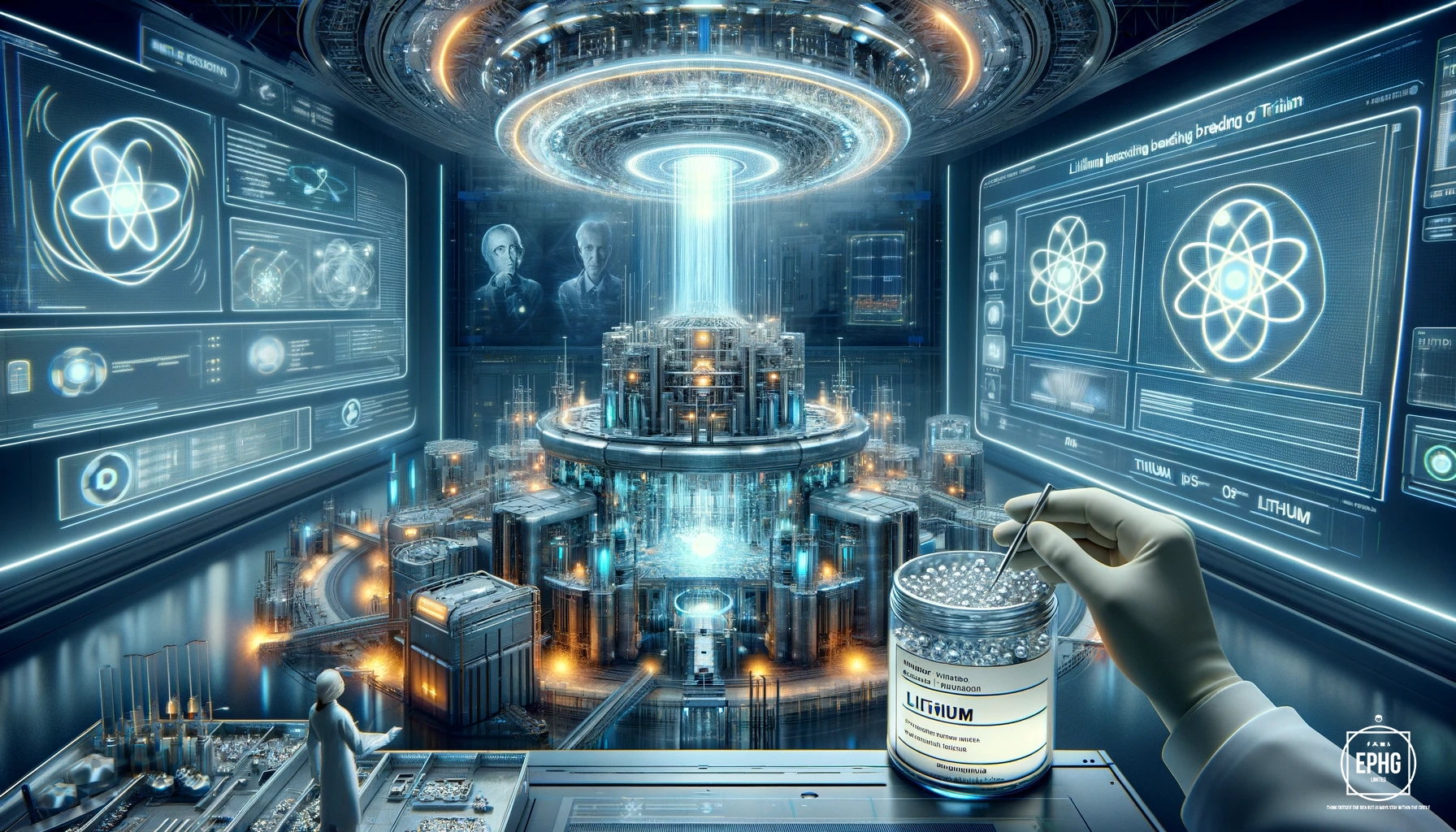
Research into lithium's role in fusion energy highlights another revolutionary potential. Lithium acts as a critical material in the production of tritium, a radioactive isotope of hydrogen used as fuel in fusion reactors. Tritium can be bred from lithium through nuclear reactions in a fusion environment, offering a sustainable path to generating clean, abundant energy. As the quest for fusion energy progresses, the role of lithium could be instrumental in achieving a breakthrough in this field. Moreover, the advancement of lithium recycling technologies is expected to play a vital role in sustaining the supply needed for these futuristic applications, ensuring an eco-friendly lifecycle for lithium-based technologies.

